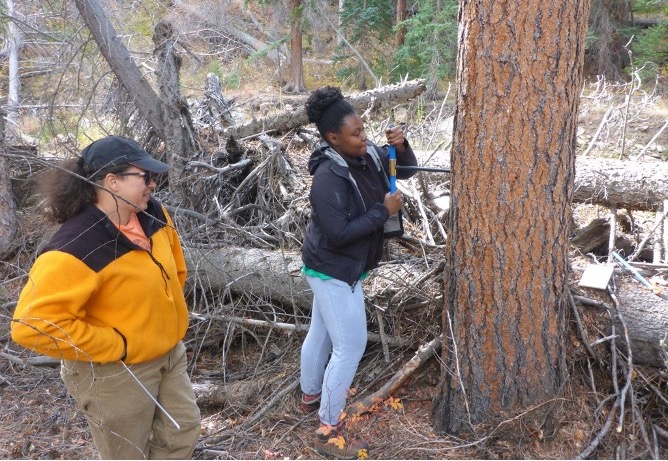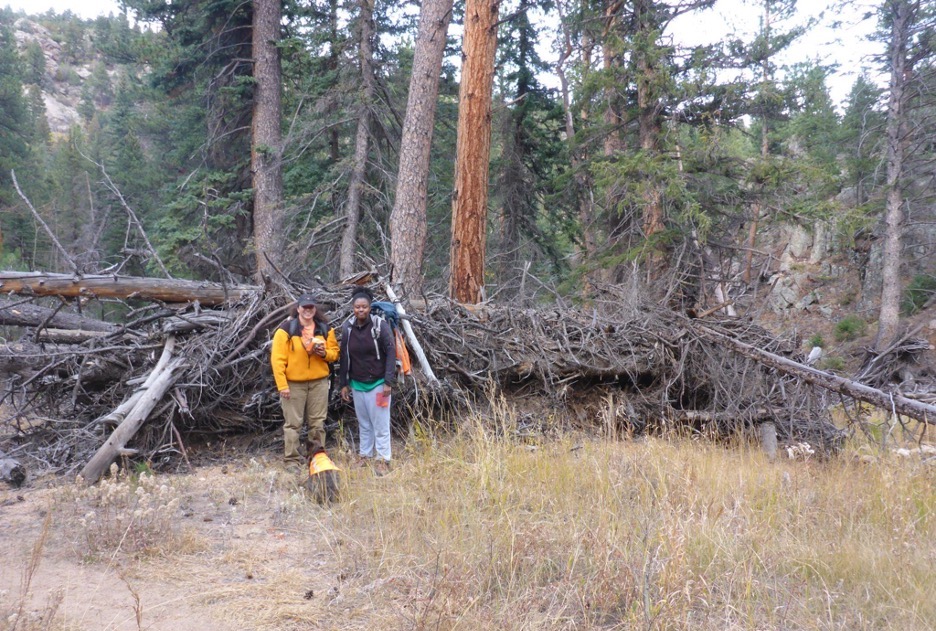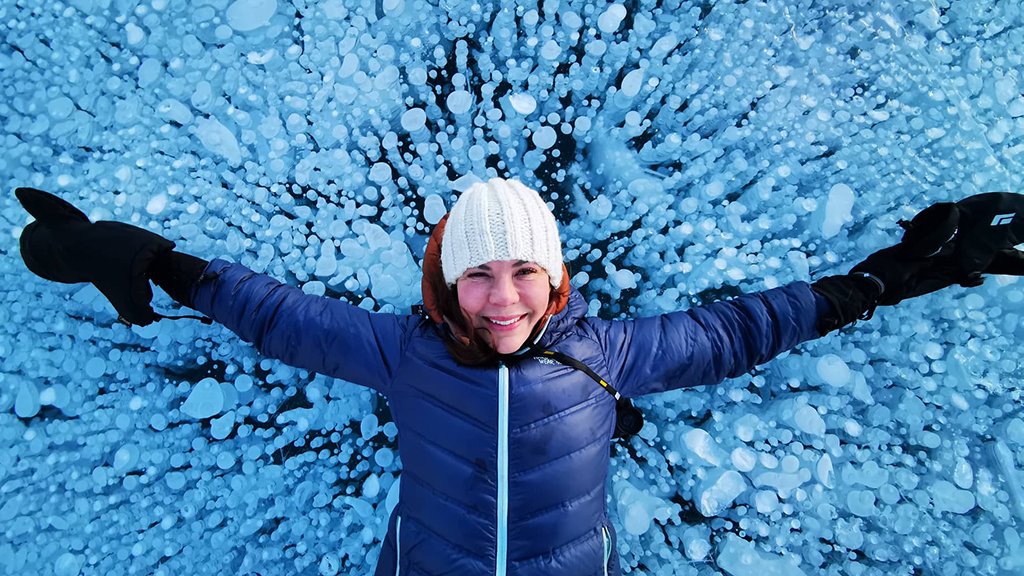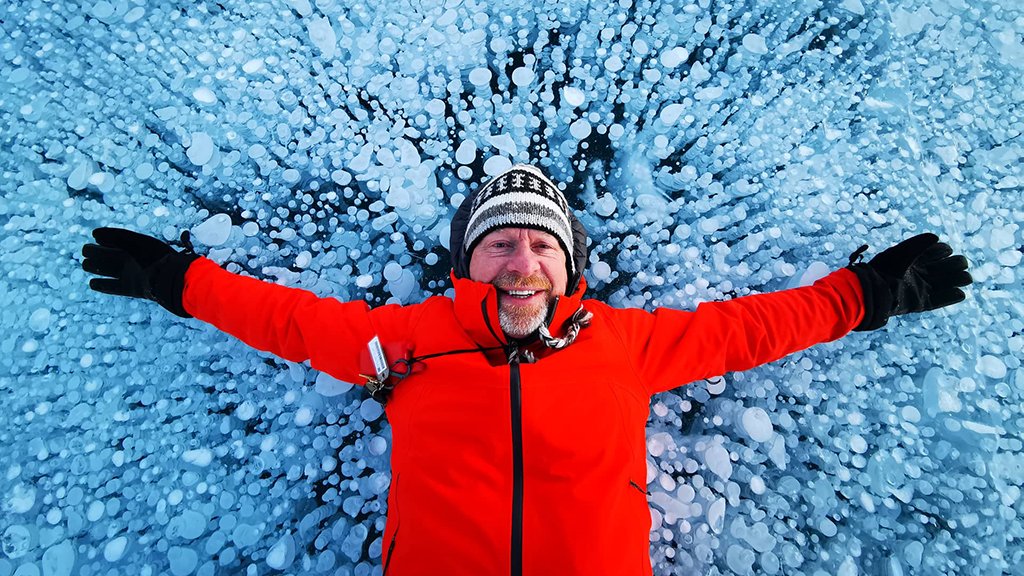
Hello! I’m Sáde Cromratie Clemons. My work involves Eco-hydrology and fluvial geomorphology. I study tree response to flooding and how that affects carbon transport and storage. #Colorado #hydrology #gueSTAAR 

When floods happen, big pieces of trees can be moved into or near a stream, causing a jam of wood pieces. Wood jams are pretty neat because they can store carbon. Since floods create wood jams, flooding affects how carbon is transported through forests and rivers. 

Wow! That's a crazy logjam! But where did the wood come from? That’s what I try to figure out by looking at tree rings and isotope values. Last fall and spring, I took samples from a logjam near a stream and samples from hillslope trees in the same area for reference. 

Each tree ring equals one year of the tree’s life. Smaller rings mean the tree was not growing as well that year. Rings give an idea of what the climate and growth conditions were like, but the rings can also vary because of tree type, bug infestation, etc. 

Now for the isotopes! Cellulose is extracted from the wood for isotope analysis. Cellulose is a part of the plant cell wall used for structure. The cellulose looks like this: 

There is a lot of cellulose weighing required. But with steady hands, concentration, and a good Spotify playlist, the time goes by quickly. I usually spend a couple of hours a day doing this. 

For isotope analysis, I use d18O to help me figure out the origin of the wood jam pieces. Oxygen isotopes in water change due to climate and the isotope value is recorded in trees when they take up water. Trees with different growing conditions could have different d18O values.
My samples are now being analyzed. While that is being done, I can use the tree ring data I already have to see if there is a relationship between my wood jam samples and my hillslope samples. This part is statistics heavy. All hail Rstudio! 

I also want to figure out how I can quantify the amount of carbon trapped in the jam. If I can figure out where the wood came from on the hillslope, I can try and figure out the contribution each slope position has to the carbon in the jam, which is really cool. 

@threadreaderapp unroll
• • •
Missing some Tweet in this thread? You can try to
force a refresh












